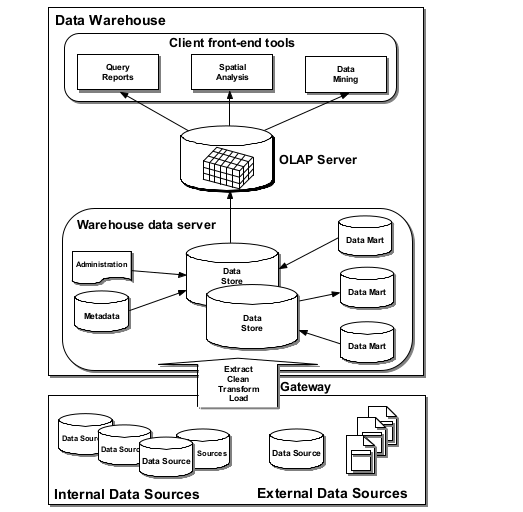This concept refers to association with the exchange, interchange or transfer of data between two or more users, organisations or computer systems
Requires national information policy and national information infrastructure
The process of spatial data sharing often involves; conversion and transformation



